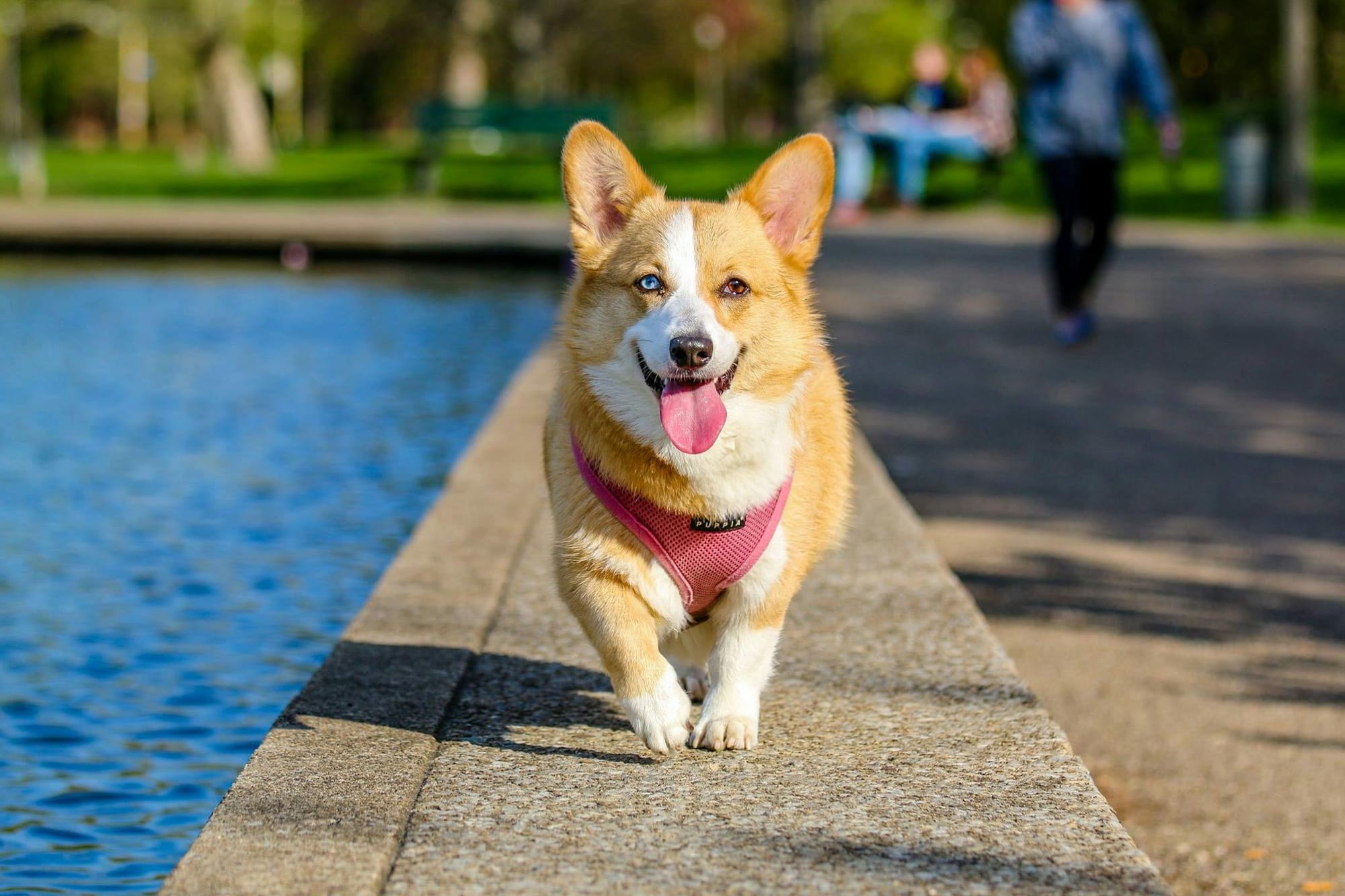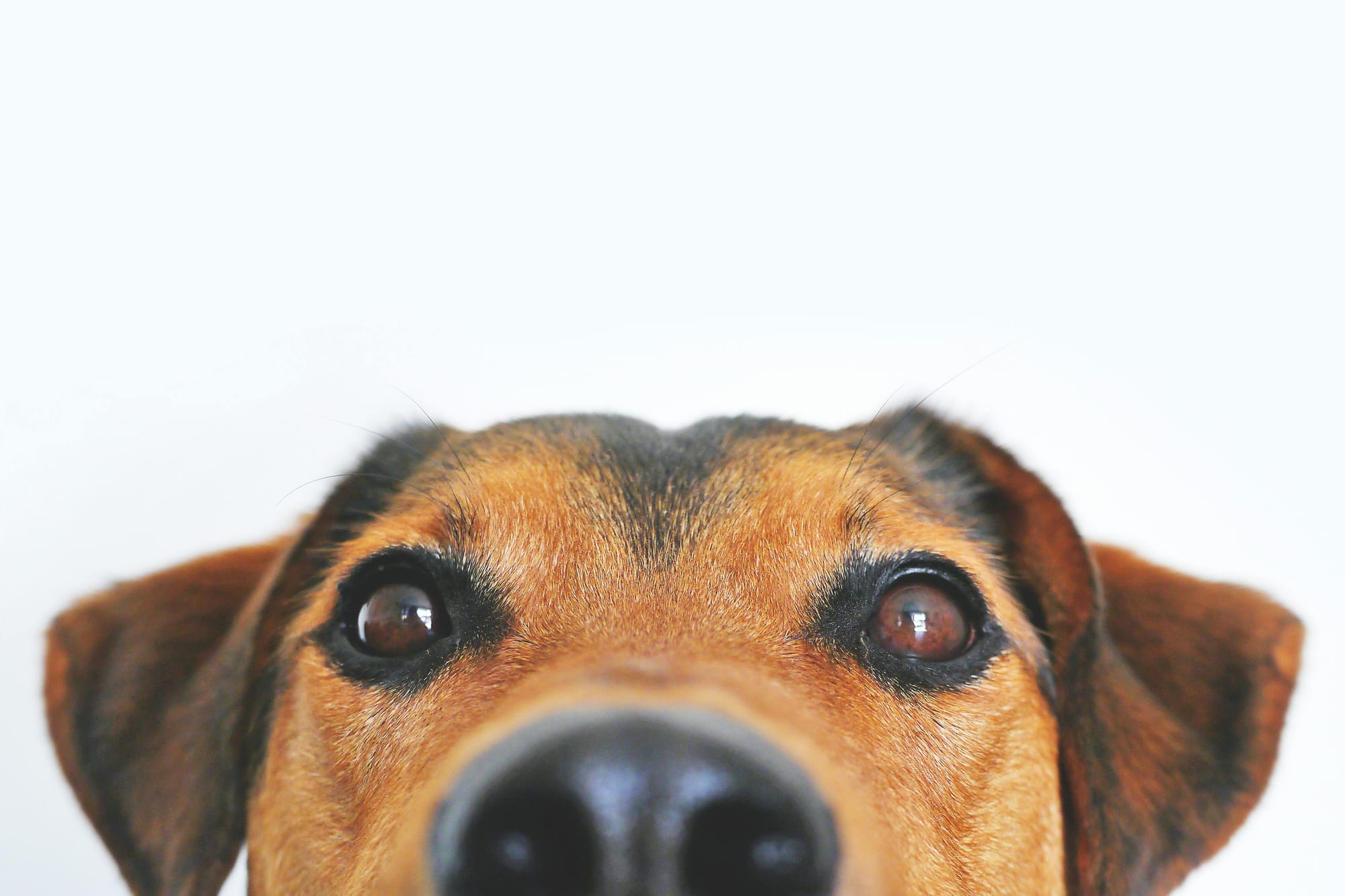If you’ve ever wondered, “Is pet insurance really worth it?” — you’re not alone. Many pet parents want to protect their furry family members but aren’t sure how much it will cost or what to expect.
At Pawdarling, we believe every pet deserves the best care without the stress of unexpected vet bills. Let’s walk through what influences pet insurance costs, what’s typical for dogs and cats, and how to find coverage that fits both your pet’s needs and your budget.
Average Cost of Pet Insurance
The cost of pet insurance varies depending on your pet, your location, and the coverage you choose — but on average, most pet parents spend:
- Dogs: around $30–$60 per month for accident and illness coverage.
- Cats: around $15–$40 per month for the same coverage.
These numbers can shift based on your plan type, deductible, and reimbursement rate, but they provide a helpful starting point when budgeting for your pet’s care.
What Affects the Price of Pet Insurance?
Several factors determine how much you’ll pay for your pet’s policy:
1. Your Pet’s Species and Breed
Dogs typically cost more to insure than cats because they tend to have higher vet bills. Certain breeds — like French Bulldogs or Golden Retrievers — are more prone to health issues, which can also raise premiums.
2. Your Pet’s Age
Younger pets are usually cheaper to insure. As pets age, the risk of illness increases, and so does the monthly cost. That’s why many pet parents choose to enroll early — before chronic conditions develop.
3. Your Location
Veterinary costs vary by region. Cities or areas with higher costs of living often have higher insurance premiums.
4. Coverage Type
You can choose from several coverage levels, including:
- Accident-Only Plans: Lower monthly cost, covers injuries from accidents only.
- Accident + Illness Plans: The most common option, covering both injuries and diseases.
- Comprehensive Plans: Include accidents, illnesses, routine care, and sometimes dental cleanings or wellness visits.
The more coverage you want, the higher the premium — but also the greater your peace of mind.
5. Deductible and Reimbursement Choices
Most insurers let you customize your plan:
- Higher deductible = lower monthly premium.
- Lower deductible = higher monthly premium but more coverage when you file a claim.
Your reimbursement rate (often 70%–90%) also affects cost — this is how much you’ll get back from the insurer after paying the vet bill.
Examples of Monthly Pet Insurance Costs
| Pet Type | Coverage Type | Approx. Monthly Cost | What’s Included |
|---|---|---|---|
| Small Dog (Mixed Breed) | Accident + Illness | $35 | Accidents, illnesses, emergency visits |
| Large Dog (Labrador) | Comprehensive | $55 | Accidents, illnesses, preventive care |
| Cat (Domestic Shorthair) | Accident + Illness | $25 | Accidents, illnesses, diagnostics |
| Senior Cat (10+ years) | Accident + Illness | $40 | Chronic illness coverage, accidents |
These are general examples — your actual premium depends on your pet’s unique profile and where you live.
How to Find the Best Plan for Your Budget
Finding the right pet insurance is about more than just the lowest price. You want a plan that actually helps when you need it. Here are a few ways to make your money go further:
- Compare plans before you buy — coverage and reimbursement levels vary more than most people realize.
- Look for lifetime coverage — some plans stop covering conditions after they’ve been treated once.
- Enroll early — getting coverage before issues arise prevents exclusions for pre-existing conditions.
- Bundle wellness care if it helps you save on annual checkups and vaccines.
At Pawdarling, we help pet parents understand what each plan offers, so you can feel confident you’re getting both great care and great value.
Why Pet Insurance Is Worth It
Vet bills can be unpredictable, but your love for your pet never wavers. Insurance helps make sure you can say “yes” to the best care — whether it’s an emergency surgery or long-term treatment — without worrying about the cost.
With the right plan, you’ll protect your pet’s health and your peace of mind.






